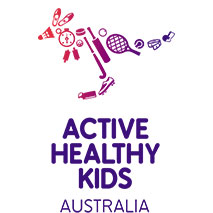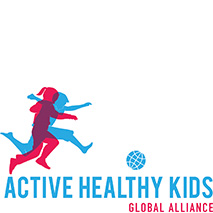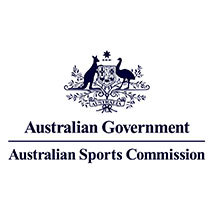
Who Should Attend the Movement to Move Event?
Our solutions-focused, informative and thought-provoking program will be relevant to delegates with a range of child and youth-centric interests including researchers, educators, community planners, public health and health promotion professionals, technology developers, and government representatives:
Researchers: Participate in discussions focused on best practice surrounding data collection, management, sharing and harmonisation; hear from data custodians about challenges, lessons learned and ways forward.
Educators: Hear about innovative programmes in Australia and around the world that are capitalising on technology to help teachers get children moving more throughout the school day; contribute to the dialogue around the responsibility of the education sector to promote and facilitate increased levels of physical activity among students.
Community planners: Learn from experts about the importance of child-friendly urban environments in the quest to get children up and moving; take part in discussions surrounding community responsibilities and accountabilities within this context.
Coaches, Sporting Groups and other Sport and Physical Activity Organisations: Hear from children around the world about what they have to say about physical activity and gain insight into what does and doesn’t ‘move them’; establish vital connections across sectors and participate in discussions that address the responsibilities of the sporting sector on engaging children in physical activity.
Public health and health promotion professionals: Gain insight into children’s health and physical activity behaviours and how this understanding is best applied in the design and marketing of physical activity programs and interventions; contribute to conversations around the development of strategic, tailored messaging and advertising campaigns to children and young people.
Technology developers: Participate in discussions about how we can optimise the use of technology in programs designed to get children up and moving; hear from children about what they like and don’t like when it comes to physical activity and consider how to overcome perceived barriers by increasing the ‘fun factor’ through the use of technology.
Government representatives: Liaise with individuals from key sectors dealing directly with the challenges of increasing children’s physical activity and reducing sedentary time; hear about success stories and innovation from around the globe relating to program design and implementation; advance awareness of key issues and priority areas; contribute to discussions around the establishment of effective two-way communication and support pathways.



